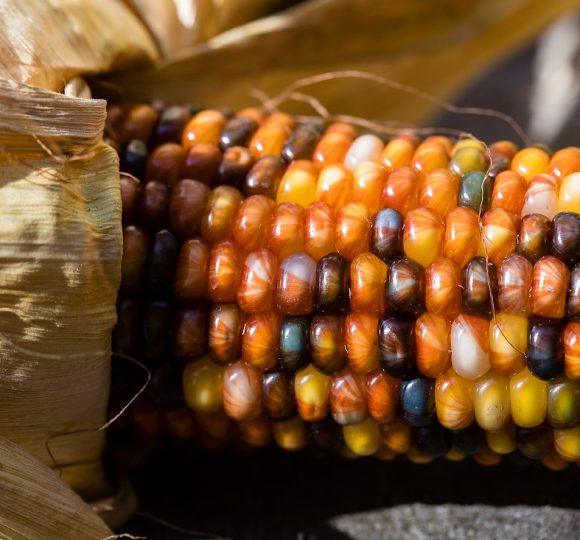This paper shows that fresh produce transported to Iowa consumers under the current conventional food system travels longer distances, uses more fuel, and releases more CO than the same quantity of produce transported in a local or Iowa-based regional food system. Given that fuel expenses are only a small percentage of total transportation and distribution costs, however, fuel energy costs will need to rise significantly if they are the only factor considered in determining whether local and regional systems are economically competitive with the conventional system. Economic value must be assigned to the external environmental cost of burning more fossil fuels and releasing more CO. The authors strongly urge that more baseline research be conducted comparing the energy efficiency and external environmental costs of production, processing, packaging, and transportation sectors of conventional, regional, and local food systems.
Publications
Food, Fuel, and Freeways: An Iowa Perspective on How Far Food Travels, Fuel Usage, and Greenhouse Gas Emissions
Publication Name
Leopold Center for Sustainable Agriculture
Links
Author
Rich Pirog
Publisher
Ames, IA: Leopold Center for Sustainable Agriculture, Iowa State University
Page Numbers
37
Publication Date
June 01, 2001
Publication Type
Reports and Guides
State
Iowa
Keywords
Agricultural Economic Development, Environmental Issues, Food Miles, Local / Regional Food Systems




